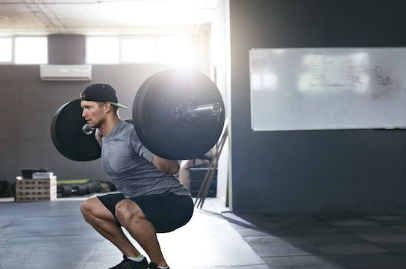
Introduction
Incorporating sports into rehabilitation programs has gained significant recognition for its effectiveness in promoting physical and mental recovery. This blog explores the benefits of using sports in rehabilitation, various sports suitable for recovery, and techniques that have proven successful.
The Benefits of Sports in Rehabilitation
Sports play a crucial role in rehabilitation by enhancing physical strength, flexibility, and overall well-being. Engaging in sports can reduce recovery time, improve cardiovascular health, and boost mental health through the release of endorphins.
Types of Sports and Activities for Rehabilitation
Different sports and activities are suited for various rehabilitation needs. Low-impact exercises like swimming and cycling are ideal for joint injuries, whereas yoga and Pilates can enhance flexibility and core strength. Additionally, strength training exercises are essential for rebuilding muscle mass after an injury.
Techniques for Effective Rehabilitation
Effective rehabilitation through sports involves personalized programs designed to meet individual needs. Techniques such as controlled resistance training, proprioceptive exercises, and functional movement training are integral to a successful recovery.
Success Stories
Many individuals have experienced remarkable recovery through sports. For instance, professional athletes who have suffered from serious injuries often utilize sports-centric rehabilitation to return to peak performance. These success stories highlight the transformative power of sports in overcoming physical challenges.
Evidence-Based Approaches
Evidence-based approaches in sports rehabilitation ensure that the techniques used are scientifically validated and effective. This involves integrating research findings into treatment plans, which helps in selecting the most appropriate sports and exercises for recovery.
Overcoming Common Challenges
Rehabilitation is not without its challenges; common issues include persistent pain, limited mobility, and psychological barriers. Overcoming these challenges requires a comprehensive approach that combines physical therapy, mental health support, and gradual progression in sports activities.
Professional Support in Sports Rehabilitation
Professional support is essential in sports rehabilitation. Physical therapists, sports medicine doctors, and trained fitness coaches provide invaluable guidance and ensure that rehabilitation exercises are performed correctly and safely.
Innovative Techniques and Technologies
Innovation in rehabilitation through sports includes the use of advanced technologies such as virtual reality for pain management, wearable devices for monitoring progress, and biofeedback systems. These technologies enhance the effectiveness of traditional rehabilitation methods.
Integrating Sports into Daily Life
Integrating sports into daily life is crucial for sustaining recovery and preventing future injuries. Regular participation in sports and physical activities, combined with a healthy lifestyle, can maintain physical and mental health post-rehabilitation.
Future Directions in Rehabilitation Through Sports
The future of sports rehabilitation is promising, with ongoing research and technological advancements creating new opportunities for enhanced recovery. Personalized and adaptive rehabilitation programs are expected to become more prevalent, offering tailored solutions for individual recovery needs.
Conclusion
In summary, incorporating sports into rehabilitation programs offers substantial benefits for recovery. From boosting physical strength to promoting mental well-being, sports provide a comprehensive approach to rehabilitation. Personalized techniques, professional support, and innovative technologies further enhance the effectiveness of sports in the rehabilitation process, paving the way for a promising future in recovery and well-being.
